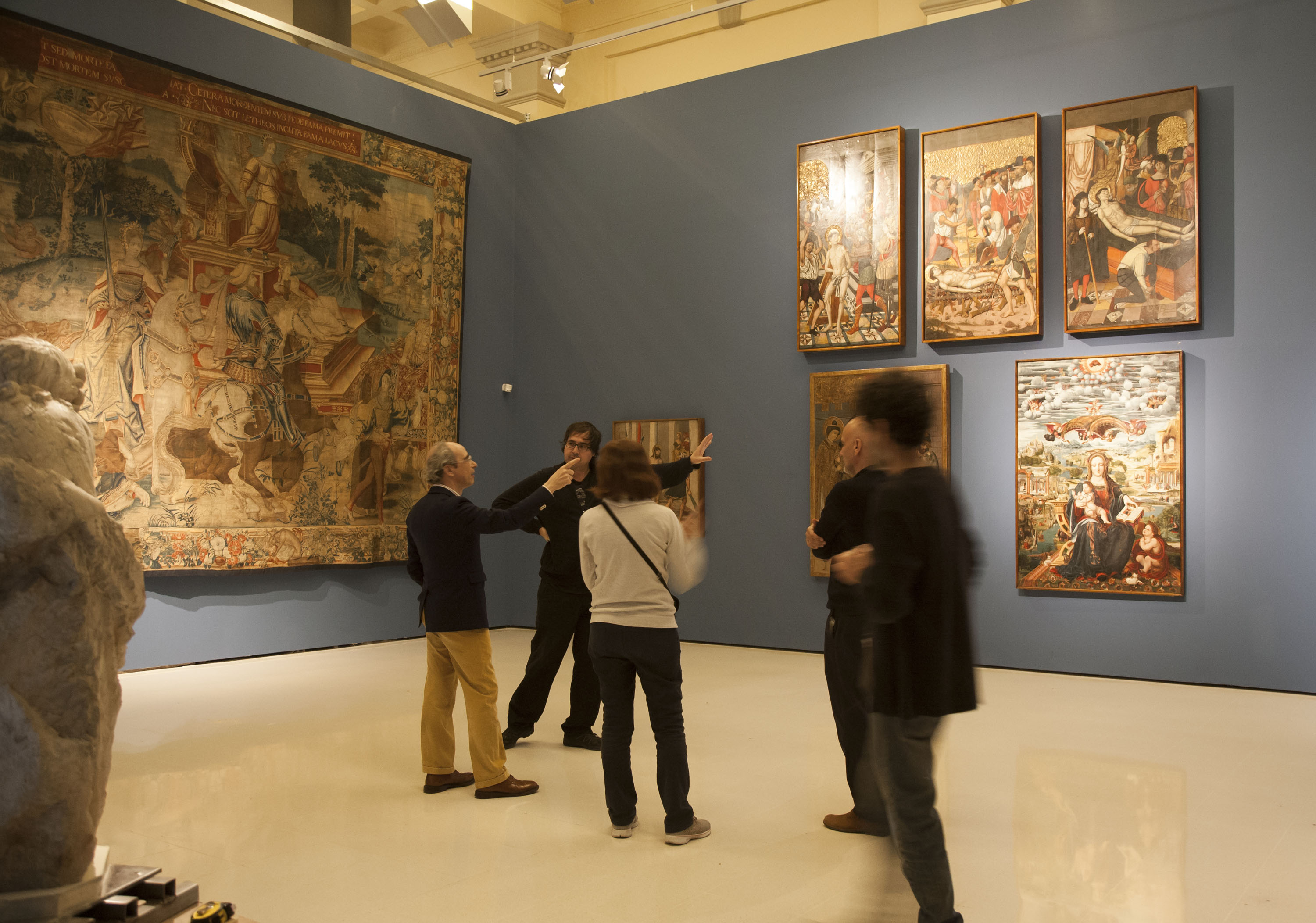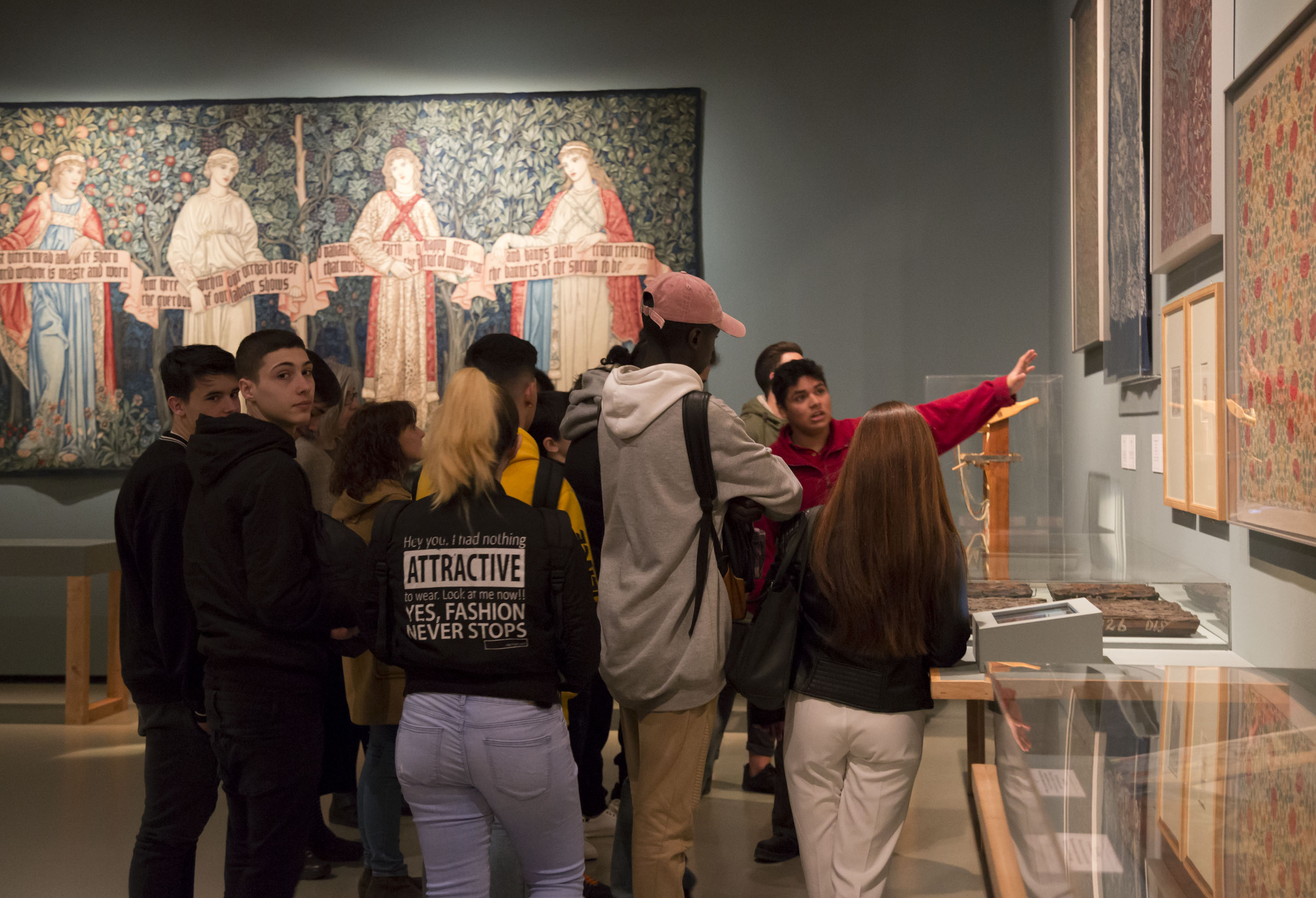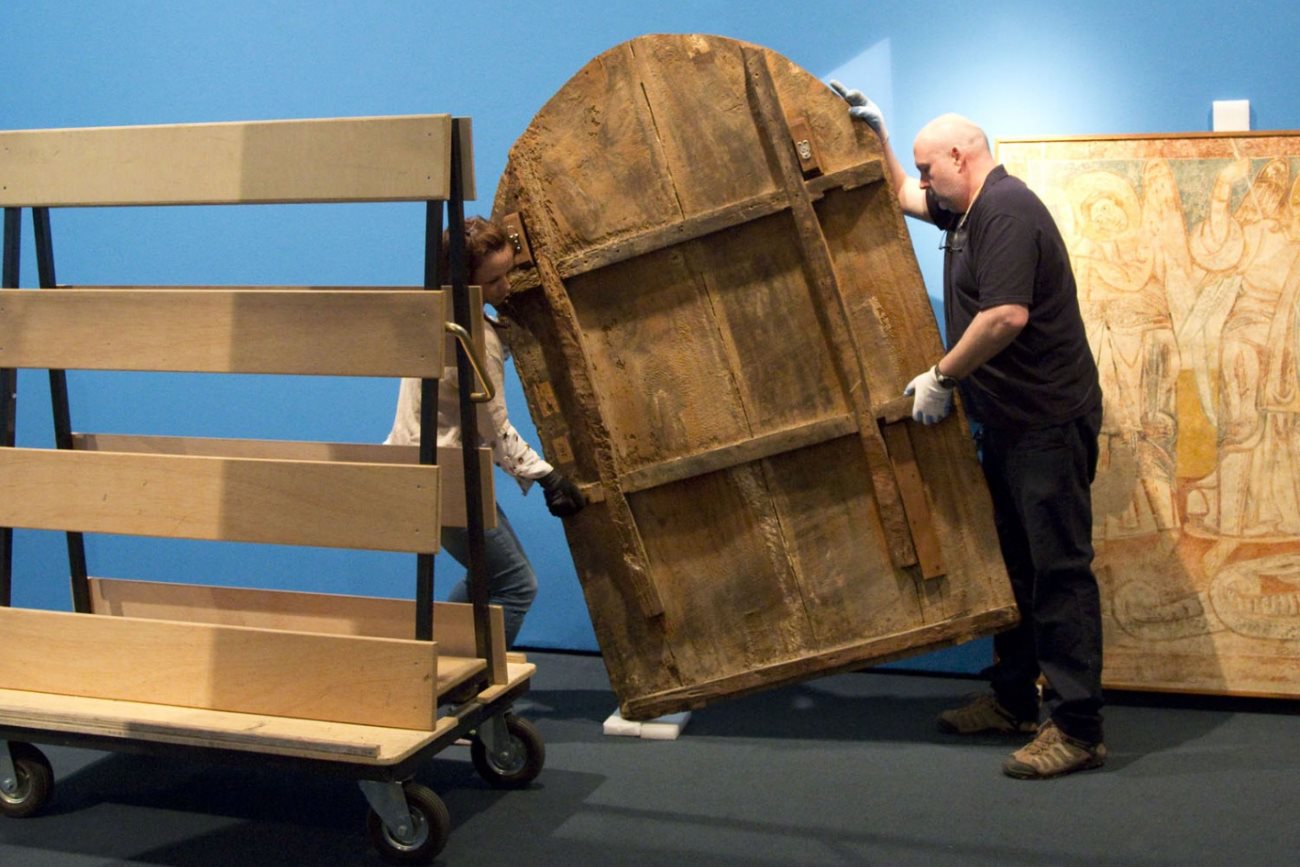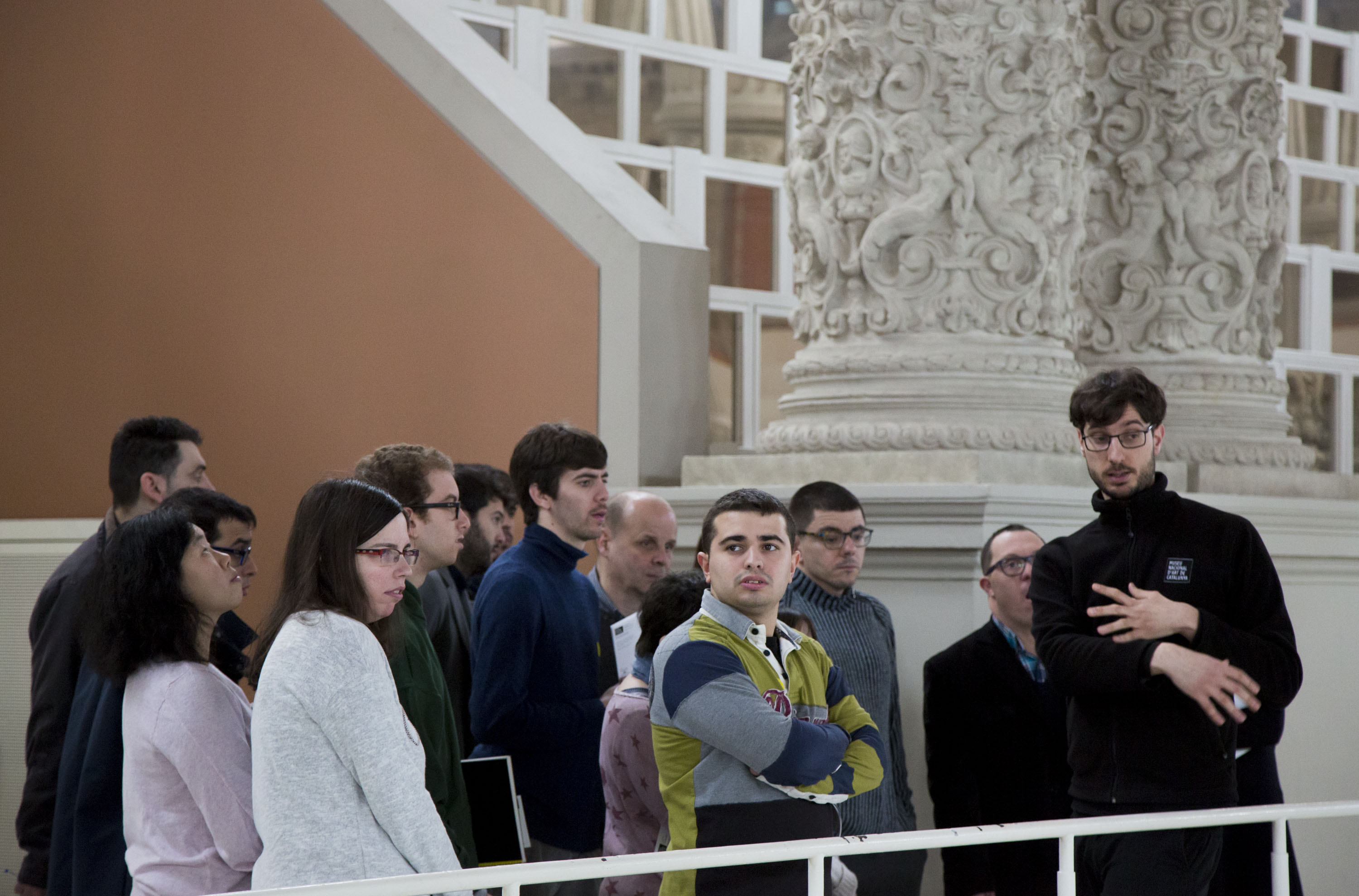Nowadays, the museums offer a multitude of opportunities to youths with different interests and skills to train themselves professionally and the ones we discover in this blog are an example.
Multi-disciplinary incubator
Beyond the tasks that all of us recognise as those belonging to museums (conservation, diffusion, restoration of artworks, etc.) for a while now, new professions and trades have emerged that are entering this field in a strong way. Examples of these are the ones related to the digital environment and digital media, the environment, mediation and community work, accessibility and design for all, amongst others. Furthermore, of the professions that we consider to be more classic ones of a museum, it is surprising to discover some specialities that we would possibly never have thought that could be carried out.
It may seem a bit strange that a chemist, a technical architect, or a radiologist technician, for example, could work in a museum. On the other hand, there’s no doubt at all that a person who has studied Art History or Humanities could get a job as a conservator of a museum. But, has anyone heard of a Registrar and what function would this entail? And who is the person, and what training would he or she have, for being responsible for the Management of the Collections of a museum, or someone who works as a Documentalist?
Surely, few people would have thought that someone who has studies in Law, Administration and Company Management, or in Marketing, Audiovisual Communication and Journalism, would also have a job in a museum. And a photographer – have you ever wondered that there are photographers specialized in photographing objects of art?
And if we talk about handling works of art, what comes to mind? Are there people specialized in this trade? Not to mention, that there are highly specialized companies in the transportation of artworks.
Designers of spaces, graphic designers, exhibition curators, educators, museographers, are all behind the exhibitions organised by the museum, professionals with a high level of creativity that gather various studies and training that together are capable of constructing a storytelling and providing the space with shape, taking into account criteria and guidelines of ecodesign.
But many other equally relevant professions come to mind in the life of a museum: what do you say about all those people who attend the public? Or the ones who every day accompany the visitors (mediators, educators, guides, etc.), either in an individual or group way, and who ensure that their experience is highly satisfactory, taking into account the needs and interests of the different types of audiences.
And what about the professionals behind-the-scenes who make it possible for the activity of the museum to be ready and successfully carried out: maintenance staff, carpenters, electricians, computer technicians, cleaning staff, etc., people who also make the life of the museum possible, and for the building itself to function and for use, so as to be able to open the door each day with Swiss punctuality.
Without forgetting those who watch over our security, both of the public and of course the artworks. Who is it that designs the Security Plans of a museum? Did you know that the Mossos d’Esquadra (the Catalan police force) have a Central Area of Investigation – Heritage that works side by side with the museum?
These and many others are examples of the diversity of professions and trades that can be developed in a museum such as ours, and which you will be able to discover through the articles of the blog, which provide a voice for their professionals.
A setting for professional discovery
Beyond the participation of the museum in Masters and Postgraduate programmes or accompanying students of different specialities who carry out internships in the museum, we are especially interested in collaborating in programmes aimed at youths who have to decide on their future and to think what the best studies will be for them to be able to help them achieve their professional goal.
With these programmes we collaborate with educational entities that enable school failure to be reduced and to give a second opportunity to youths who are for some reason at risk of dropping out of their studies. And finally, also, to give the opportunity to those people who have greater difficulties in gaining access to the labour market.
That’s why we participate in three programmes that aim to help the museum to be seen as a Multidisciplinary Incubator that allows the youths to discover new fields of work in the professional ambit and in terms of trades:
“Explore”, visits to companies and entities
We collaborate with the Centre of Academic Advice for Youths of Barcelona City Council and we offer the youths of the city of Barcelona the possibility of visiting a company from the cultural sector where they will be able to get to know various professional profiles of the museum and culture and ask about anything that could interest them regarding the jobs.
Within the framework of the programa Èxit (Success Programme), elaborated by the Education Consortium and Barcelona City Council and aimed at reducing the level of school failure, the Museu Nacional collaborates with training internships in companies. In the training internships, a practical ambit of curricular diversification, the students get a first contact with different working environments in which the need is created to develop their skills related with the “Knowhow” and “Knowing how to be” and to get trained. The museum annually hosts two students from the end of ESO, secondary education, who do their internship in the Area of Infrastructures and General Services, in which they make contact with various trades and maintenance works.
Auxiliary staff of the Museum. Support for the hosting and information staff
The museum collaborates by organising a visit with the professionals of Management of Public and Attention of Public, with the Activity programme for person with disability developed by the Pompeu Fabra University and the Catalan Foundation for the Down Syndrome to broaden their knowledge and to open up new ways of work for these people. The training visit is planned taking into account the tour that visitors do when they enter the museum. It allows them to know the people who have the function of guiding, informing, and overall, facilitating the visit of the public in the museum.
With the participation in these programmes, the museum fulfils one of its strategic goals: its commitment towards the citizenship by collaborating with the society and the education community in turning the youths into trained and active citizens in their professional development.
Related links
The Museum as a connector between audiences and content
Apropa Cultura (Getting Closer to Culture): inclusive museum, united museum
A question of magic: marketing in the museums
Working for change: the laboratory of education
Departament d’Accessibilitat i Inclusió














